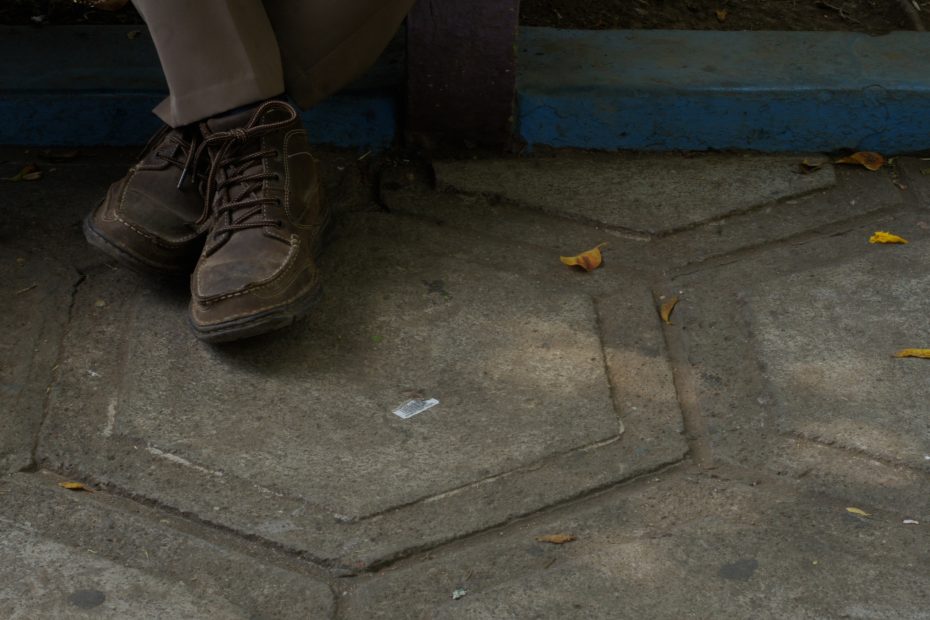With rugged black sand beaches, world-class surfing waves, and pristine tropical islands, El Salvador remains one of Central America’s last undiscovered beach destinations. If you’re searching for remote beaches far from crowds and resorts, pack your swimsuit and sense of adventure and head to El Salvador.
Table of Contents
El Salvador’s Pacific Coast Boasts Epic Surf and Secluded Beaches
Stretching along the Pacific Ocean, El Salvador’s coastline features some of Central America’s best surfing. Remote fishing villages dot the shore, many reached only by dirt roads through the jungle. Here are some of the top spots along the Pacific Coast:
El Tunco
Known for its powerful barrels and beach breaks, El Tunco attracts surfers from around the globe. When the surf dies down, beachgoers relax under swaying palms lining the black sand beach. Small beach bungalows and surf camps cater to budget travelers. At night, restaurants serve up fresh seafood under twinkling lights.
El Zonte
Another world-renowned surf spot, El Zonte’s consistent year-round waves churn up fun right and left breaks. Lined by seafood shacks and surf shops, the dusty village exudes a laid-back vibe. After a day shredding waves, recover with a cold beer while watching epic sunsets over the ocean.
El Cuco
For a tranquil escape surrounded by nature, head to El Cuco. Towering palm trees back its curved bay with soft sand. Outside of weekends, you may have the entire beach to yourself. When you’re not swimming or surfing small reef breaks, hike through mangroves or relax in a hammock swaying in the breeze.
The Bay Islands Offer Tropical Paradise
Off El Salvador’s coast float the Bay Islands, an archipelago with lush jungles, coral reefs, and remote beaches waiting to be discovered. Reached by boat from the mainland port of La Union, these tropical islands feel worlds away.
Conchagua
Rising from the sea, the small volcanic island of Conchagua has just one fishing village on its eastern shore. The western beaches facing deep blue waters remain nearly deserted. Sea turtles nest on the powdery sand beaches backed by palm groves. Snorkel among coral reefs or hike to the dormant volcano’s crater for stunning panoramic views.
Meanguera
Measuring just 2 miles long and half a mile wide, tiny Meanguera Island offers the ultimate castaway experience. The island has no cars, just dirt paths connecting a handful of beach huts. Swim and snorkel in crystal clear waters then relax on secluded beaches surrounded by coconut palms.
Discover Lesser Known Remote Beach Gems
Venturing beyond the surfer towns and islands leads to El Salvador’s most secluded and pristine beaches. Be prepared for rugged dirt roads and remote terrain without amenities. The payoff is having these scenic beaches all to yourself.
Estero de Jaltepeque
Stretching for nearly 3 miles, this remote beach is framed by verdant green hills. Backed by swaying palms, the beach’s fine white sand and calm turquoise waters create a picturesque tropical scene. Local fishing boats are often the only sign of civilization.
Playa El Espino
Accessible only by boat through mangroves, this hidden gem provides the ultimate remote beach escape. Laze on the soft beige sand fringed by palms and gaze at the brilliant blue Pacific. Snorkel above coral reefs teeming with tropical fish just offshore.
Activities Abound On and Off the Beach
Beyond sunbathing and swimming, El Salvador’s spectacular coastline offers endless activities to enjoy. The Pacific’s excellent waves create prime surfing and boogie boarding conditions. Offshore reefs draw snorkelers and scuba divers, while deep sea fishing expeditions hunt for mahi-mahi, snapper, and tuna. On land, hike through jungles or zip line through canopy trees for an adrenaline rush.
Tips for Visiting El Salvador’s Beaches
To make the most of your beach getaway, keep these tips in mind:
-
Visit between November and April for dry weather and the most sunshine. Avoid the May to October rainy season.
-
Rent a car for maximum flexibility exploring the coast. Shuttles also connect major surf towns.
-
Stay in eco-lodges and beach bungalows for an authentic village vibe. Surf camps cater to wave-riders.
-
Bring cash – ATMs are sparse outside of cities. US dollars are widely accepted.
Time is Running Out to Discover El Salvador’s Pristine Beaches
With scenic beauty and world-class surfing, El Salvador’s coastline has remained an under-the-radar gem. But word is starting to spread about its rugged black sand beaches, secluded bays, and uncrowded waves. Don’t miss your chance to discover these breathtaking beaches before resorts move in. Grab your passport and sense of exploration and uncover this tropical paradise.
Frequently Asked Questions
What is the best way to get around El Salvador’s beaches?
Renting a car provides maximum flexibility for exploring El Salvador’s long Pacific Coast and remote islands. Shuttles and boats also connect some spots, especially the main surf towns. Once on islands, travel is by foot, bike or boat.
What is the weather like in El Salvador?
El Salvador has a tropical climate, with a dry season from November to April bringing sunshine ideal for the beach. The wet season from May to October sees more rain. Temperatures stay warm and humid year-round.
What activities are popular at El Salvador’s beaches?
Surfing, snorkeling, scuba diving, boogie boarding, deep sea fishing, hiking, and relaxing under swaying palms are top activities along the diverse coastline. Yoga and camping appeal at peaceful spots.
What type of accommodations are available near the beaches?
Expect rustic beach bungalows, jungle eco-lodges, and surf camps in fishing villages rather than big resorts. Basic amenities but high on location. Islands have very limited options – just huts.
What currency and language is used in El Salvador?
El Salvador’s official currency is the US dollar. Spanish is the national language, though English is spoken in tourist areas. Learn a few key Spanish phrases to interact with locals.
